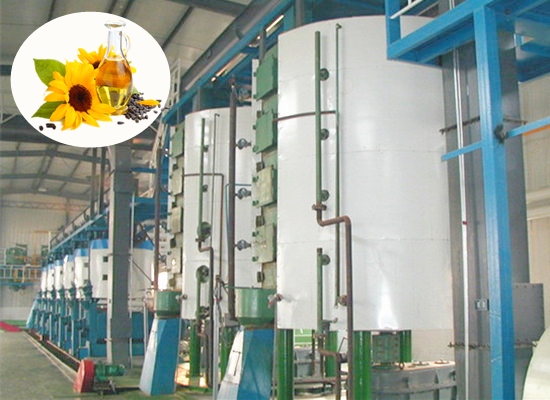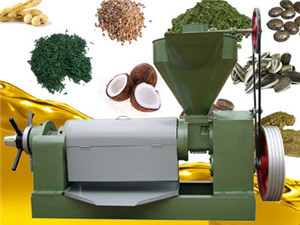
Peanut oil is a staple in many households around the world, valued for its rich flavor and numerous health benefits. In this special report, we will take you on a fascinating journey to uncover how peanut oil makes its way from the raw peanuts to your dining table.
The journey begins with the humble peanut in its shell. Shelling is the first crucial step. Modern shelling machines can process a large quantity of peanuts efficiently. For example, a medium - sized shelling machine can shell up to 500 kilograms of peanuts per hour. This process prepares the peanuts for the subsequent production stages.
There are two main methods of extracting peanut oil: hot pressing and cold pressing. Hot pressing involves heating the peanuts before extraction. This method can achieve a higher oil yield, usually around 40 - 45%. The oil produced has a stronger aroma and is more suitable for high - temperature cooking. On the other hand, cold pressing is done at lower temperatures, typically below 60°C. The oil yield is relatively lower, about 30 - 35%, but it retains more of the natural nutrients and has a lighter flavor, which is preferred by some health - conscious consumers.
Before the actual pressing, the peanuts need to be thoroughly cleaned. This step is essential to ensure the purity of the raw materials. The peanuts are washed to remove dirt, dust, and other impurities. After cleaning, they are dried to an appropriate moisture content, usually around 8 - 10%, to optimize the oil - extraction process.
Roasting is a critical step in the production of peanut oil. The roasting temperature can significantly affect the flavor and quality of the oil. A temperature range of 150 - 180°C is commonly used. Roasting not only enhances the aroma of the peanuts but also helps to break down the cell walls, making it easier to extract the oil. After roasting, the peanuts are crushed. Proper crushing can increase the surface area of the peanuts, improving the oil - extraction efficiency. A well - crushed peanut can increase the oil yield by about 2 - 3%.
Most peanut oil is extracted using a spiral peanut oil press. This type of press can apply continuous pressure to the peanuts, squeezing out the oil. The efficiency of a spiral peanut oil press can reach up to 90% in terms of oil extraction. During the process, the peanuts are fed into the press, and the oil gradually seeps out through small holes.
After the oil is extracted, the remaining oil cake is not wasted. Many peanut oil production companies have adopted environmentally friendly practices. The oil cake can be used as animal feed or as an organic fertilizer. For example, a large - scale peanut oil factory can save up to 10% of its production costs by reusing the oil cake.
The extracted crude peanut oil then undergoes a refining process to remove impurities, odors, and colors. This results in a clear, pure, and high - quality peanut oil. After refining, the oil is filled into bottles or containers and is ready to be shipped to the market.
In conclusion, the production process of peanut oil is a meticulous and well - controlled one. From the initial shelling to the final filling, every step is carefully monitored to ensure the quality and safety of the product. Consumers can rest assured that the peanut oil they purchase has gone through a rigorous production process. By choosing our brand of peanut oil, you can enhance your trust and loyalty to a brand that values quality and environmental responsibility. So why wait? Make the smart choice and bring our high - quality peanut oil to your kitchen today!




